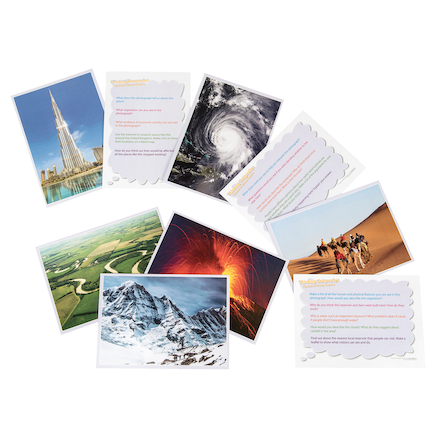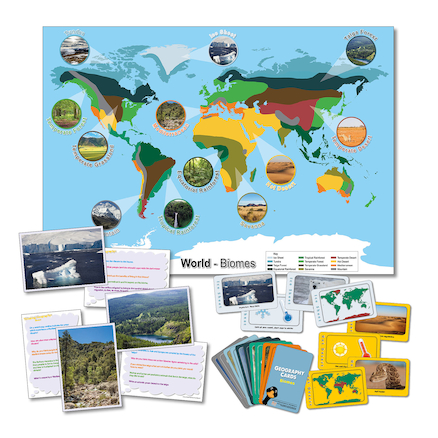Are you a new geography subject leader? Or a curriculum lead working on your geography curriculum? Curriculum development can seem like an overwhelming task, particularly if you’re not a subject specialist. So here is a guide to planning and sequencing your school’s geography curriculum.
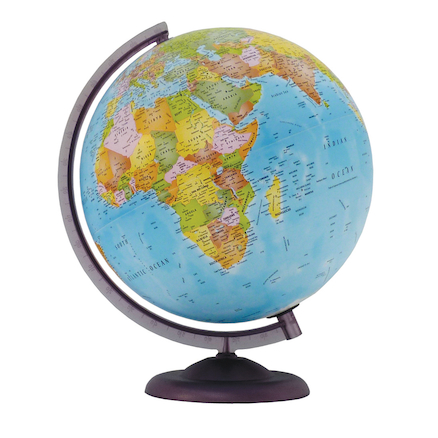
National Curriculum Coverage
First, check whether your current curriculum covers the full National Curriculum.
Some common areas that may be missed, or may not be as strong, are:
KS1 Place Knowledge
“understand geographical similarities and differences through studying the human and physical geography of a small area of the United Kingdom, and of a small area in a contrasting non-European country” National Curriculum, 2014
The above specifies that small areas in two countries (the UK and a contrasting non-European country) should be studied, and compared. The small area of the UK could be your local area, or you could choose a contrasting location (for example, if your school is in a city, looking at a rural or coastal area). When choosing the contrasting non-European country, relevant factors could be cultures that are represented in your school community, countries that would not otherwise be studied, or a country that will be looked at in another subject further up the school.
KS2 Locational Knowledge
There’s a significant amount of content in the UK bullet point – is all of it being fully covered?
KS2 Place Knowledge
“understand geographical similarities and differences through the study of human and physical geography of a region of the United Kingdom, a region in a European country, and a region within North or South America.” National Curriculum, 2014
Note that the wording in KS2 changes from ‘small area’ to ‘region’. Again, the focus is on comparing the different regions studied, to gain understanding of geographical similarities and differences (so focusing on geographical comparison – physical and human features, climate, imports and exports etc.)
KS2 Human and Physical Geography
Climate zones, biomes & vegetation belts – there’s often an in depth study of a particular biome, such as the rainforest, which is good, but children also need to have an overall understanding of the world’s climate zones and biomes.
Human geography is often weaker, or completely missing from the curriculum, partly because it’s less clear exactly what should be taught about settlement, land use and economic activity at the primary level. The following resources may help with this:
- Free schemes of work from the Royal Geographical Society, such as this one on global trade: Royal Geographical Society – Geography resources for teachers (rgs.org)
- Teaching Primary Geography by Paula Owens – breaks down each National Curriculum objective with lesson suggestions
Sequencing
In KS1, consider sequencing the units to start from the locality around the school and work out from what the children are familiar with. Introducing the idea of a country, and with the UK, the idea that an area of land can contain more than one country, prepares children for the later introduction of continents and the idea that large areas of land contain lots of countries.
An overall principle to keep in mind is that the preceding units should provide the children with the knowledge they need to access the next. Working backwards and thinking about what children will need to know in order to understand the new learning helps to create a logical sequence, and provides you with a clear rationale for the order you have chosen. Given the strong cross-curricular links between history and geography, it’s important to consider both subjects at the same time.
For example, when teaching children about ancient civilisations in history, it will be important that they already have some understanding of rivers, fertile land and agriculture, as these are key to understanding how the earliest civilisations became so advanced. There are also some clear links with science, such as the seasons in KS1, and the water cycle in KS2, which you will need to consider.
Another relevant factor is how your choice of sequencing will promote opportunities for revisiting and retrieving prior knowledge. There are some objectives which children will need regular opportunities to practice in order to retain what they have learnt in the long term, such as knowing the four countries of the UK and their capitals, or naming the seven continents and five oceans. It’s vital to build these opportunities into your curriculum so that nothing is left to chance.
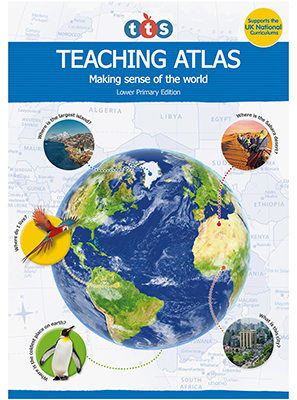
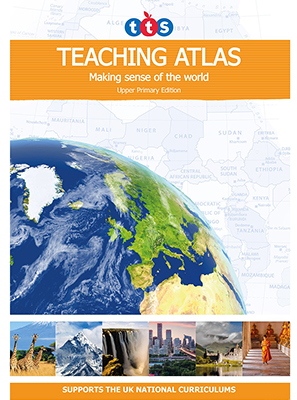
Geographical Skills and Fieldwork
Finally, ensure that you build in regular opportunities for fieldwork and the use of maps, atlases and globes. There should be a logically thought out progression for each of these skills. For example, starting in Year 1 with introducing an atlas and simply finding a map of the UK and finding a map of the world in an atlas, to introducing keys in Year 2, and then in KS2 moving onto identifying the specific physical and human features they are learning about, and locating countries using latitude and longitude.
As a geography subject leader or curriculum lead, the key is that you know why you have chosen each unit, and why you have placed it where you have. How does it link to the units that come before and after? How does it support children’s learning as they progress through the school? How does your curriculum provide opportunities for retrieval of prior learning, so that children retain what they have learnt?
With many thanks to Victoria Morris for sharing her advice, experience and expertise.
Victoria Morris is a deputy headteacher, Year 5/6 teacher and curriculum expert.
Read more from Victoria on her own blog, MrsSTeaches on Curriculum.

